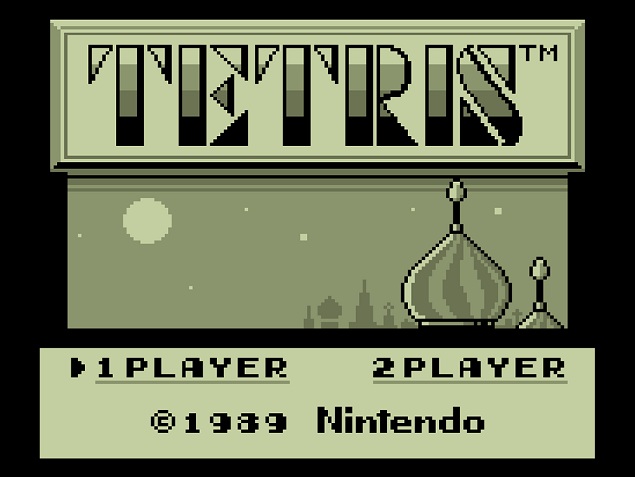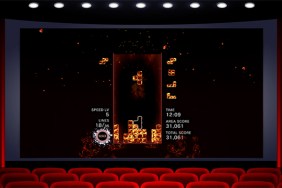"The 10 Most Influential Retro Games" is a feature series that will run daily for the next two weeks, between 12/3/12 to 12/14/12 on weekdays, with each day highlighting one of our ten picks in an unranked order. Follow our tagged page for Most Influential Retro Games to view the entire list. ~Ed. Nick
For Tetris, one of the most widespread games of all time—it's harder to think which platforms it's not on—it's honestly more than a little remarkable to me that we even saw a release in the gaming industry from the former Soviet Union. In the days that the USA and USSR were embroiled in the Cold War, there weren't many things these two opposing societies could agree on, but magically, Tetris was sure one of them. Alexei Pajitnov, y'done good!
The play of Tetris is remarkably simple: fit the falling blocks together to form complete, unbroken horizontal lines. When those lines are formed, they disappear and free up the play field so more blocks can be dropped, more points can be scored, and the game can continue that much longer. After enough lines are created, the game speeds up and the blocks drop faster, quickly becoming a test of not only logic, but reflexes. Have you ever seen someone play in "Death Mode" where the blocks are instantly straight-down into the field? I've been playing the damn game on and off (and semi-seriously) for two decades and it still boggles my mind!
[Or how about invisible Tetris? Don't know what that is? Watch the video below. ~Ed. Nick]
What makes the game such a beast, however, isn't how much fun the simple idea was or even the delirious effects it can have on the human brain after too much exposure (called the Tetris Effect, appropriately enough), but how easy it was to port from one platform to another. The core game is so basic and the graphics so simplistic, nearly anything with a screen can play it in some form—classic computers, video game consoles, cell phones, scientific calculators, even cheaply-made LCD games can recreate the entire experience verbatim without much effort or trouble at all. It's nearly a sure bet that any device you might have on you right now can not only play Tetris, but do it well.
As a piece of shareware back in the early days, it spread around computer labs of the USSR like wildfire. By the time European geeks found out about it and Atari secured arcade rights, Nintendo was behind in the race. The only rights left available were for arcade and handheld versions, and Nintendo had to fight with Atari—their old buddy that almost released licensed the NES for release in America (which, after so many years, we learned they were likely to simply sit on it in favor of the 7800). And after the dust cleared, the Nintendo legal team stood tall, blocking Atari's attempts to take the game and—quite possibly—keeping themselves as a major force in the American gaming market.
Instead, Nintendo's grabbing the handheld rights gave the Game Boy the force it needed to sell over 100 million units by the time the little portable-that-could was finally out of gas. In a way, Tetris brought legitimacy to the portable game market unlike any previous platform ever had. The Game & Watch series had done all right; the Microvision was little more than a blip on anyone's radar; the Vectrex was an expensive oddity; and aside from the LCD cheapo games companies put out, portables weren't really seen as a viable market. Not until the addictive qualities of Tetris were unleashed onto the masses.







